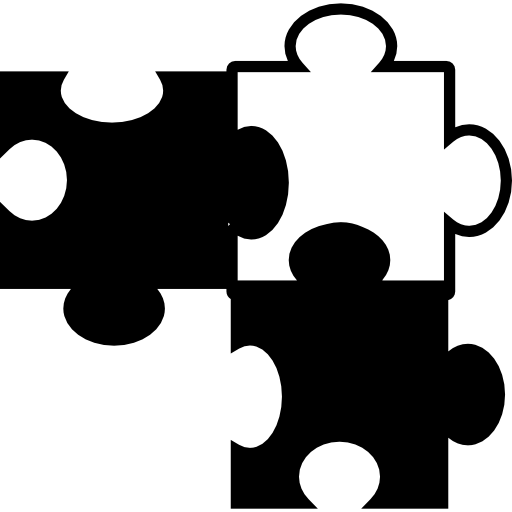How can we set volume of music, SFX and voice separately, in games but not in movies?
- 0 Posts
- 74 Comments

 11·17 days ago
11·17 days agoCan’t you downgrade to the old version?
I don’t think we can get rid of LLMs, but at the very least this allows other companies that aren’t one of the conglomerates to provide those as well

 101·30 days ago
101·30 days agoI want to go back to IRC and public IRC logs, which are naturally indexed. Discord is just so… much.

 3·30 days ago
3·30 days agoAlso, Bell pepper is Paprika in german

 5·1 month ago
5·1 month agoThey don’t shove it in your face though, they just offer a possibility of integrating AI through external services.

 252·1 month ago
252·1 month agoThey know which operating system you use based on the user agent, so they know it’s Linux.
My first intuition was also for that to be a deal-breaker, but having thought about it more I think it’s reasonable. Developing software is work and someone has to be paid for it. If I buy a new phone, it usually doesn’t get updates after 2-3 years, but here I have the option to pay and get the latest features. Also, I’d rather pay with my wallet than with my personal data.
Trump will do anything in the safety of his home if he feels like it benefits him. If it has no negative impact for him, he doesn’t care. That’s why he could start a war with anyone, because he wouldn’t go to the front.

 6·3 months ago
6·3 months agoWhat do you do with your shoes in general when you’re done with them? I don’t understand how that process would be any different with these shoes. The point is only that they are made from plastic found at the beaches of Portugal and organic material (cotton). When you buy them, you use them just like any other shoes.
The options were that your taxes go up by a small amount or substantially. The correct answer is by a small amount since you only pay higher taxes on the one dollar that you’re over.

 2·3 months ago
2·3 months agoI don’t see what you’re describing. Also it looks like it’s an actual photo based on this blog post, which references a tweet from 2017
https://www.righto.com/2017/11/identifying-early-ibm-computer-in.html?m=1

 5·4 months ago
5·4 months agoDebian stable is always outdated and testing is not stable enough. I think Debian is good for servers but not for desktop.
 4·4 months ago
4·4 months agoI always wondered why I never see news about protests in the US? Why aren’t people planning demonstrations in the big cities and especially around the white house?

 16·4 months ago
16·4 months agoDer relevante Teil aus dem Video



I’m getting more confused about that person. On their GitHub, they have one repo which is a fork of the main Eliza project. Apart from that, their only contributions are to the Eliza project. Fair enough if they want to have a separate GitHub account just for that purpose. But then their twitter account seems to be some crypto fan /developer and Eliza is only mentioned once. Then where are the crypto projects on their GitHub?
I’m trying to understand who the people are that are developing the software. I should probably make a burner twitter account so I can read more of their profiles…
This is the second highest contributor

Not trying to start a witch hunt, there are plenty of Musk apologists, so this screenshot alone doesn’t prove anything.
I looked into the commit history and it doesn’t seem like there was a lot of activity before the US elections, which is weird since OP claims it was written for that purpose. Moreover, the trump character wasn’t commited until two weeks before the election.
Of course it’s entirely possible to fake the git history, but I don’t think it’s likely.






You must be thinking of the Stern-Gerlach experiment.